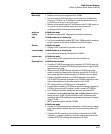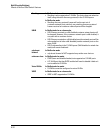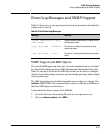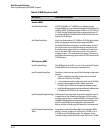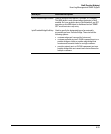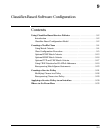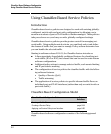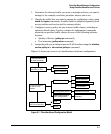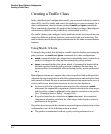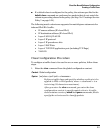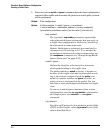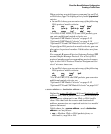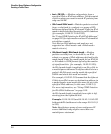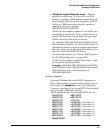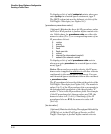
Classifier-Based Software Configuration
Using Classifier-Based Service Policies
1. Determine the inbound traffic you want to manage and how you want to
manage it; for example, rate-limit, prioritize, mirror, and so on.
2. Classify the traffic that you want to manage by configuring a class, using
match and ignore commands. A traffic class is configured separately from
service policies and can be used in various policies.
3. Configure a service policy for one or more traffic classes, including an
optional, default class. A policy consists of configuration commands
executed on specified traffic classes for one of the following software
features:
• Quality of Service (policy qos command)
• Port mirroring (policy mirror command)
4. Assign the policy to an inbound port or VLAN interface using the interface
service-policy in or vlan service-policy in command.
Figure 9-1 shows an overview of classifier-based software configuration.
1. Determine the traffic
you want to manage
2. Configure a traffic
class (IPv4 or IPv6)
ignore Commands
match Commands
rate-limit Command
3. Configure a policy
for one or more
classes
QoS (policy qos)
Mirroring (policy mirror)
priority Command
ip-precedence Command
dscp Command
destination Command
Default class (at end of
policy configuration)
default-class action
Command
4. Apply a service
policy to an interface
VLANs
Ports
Figure 9-1. Classifier-Based Configuration Model
9-3



